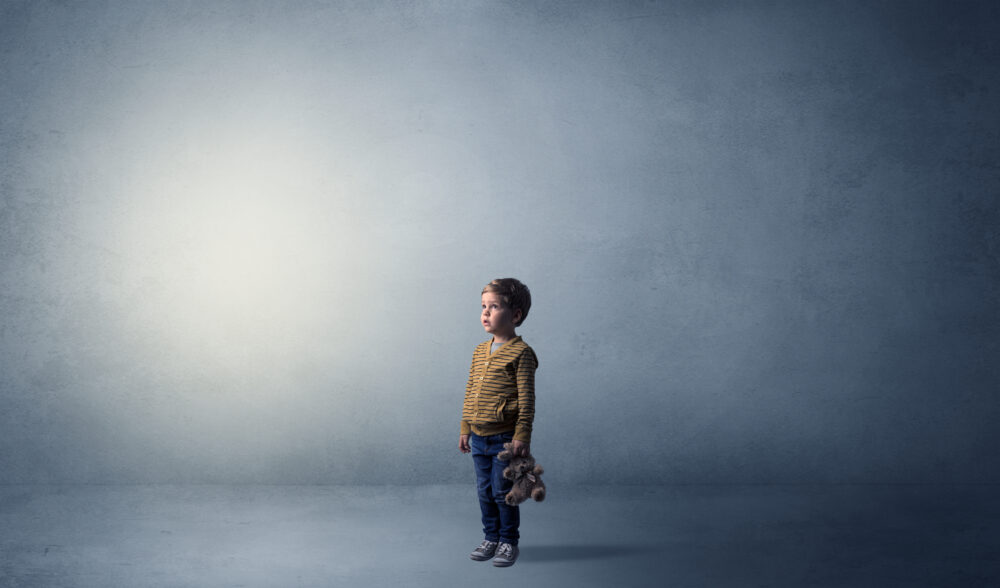
Adverse Childhood Experiences: The ACEs You Don’t Want to be Dealt
Last week I reviewed academic research regarding homelessness and foster care from this century’s first decade. Scholars debated the circumstances within which people develop executive function: planning ahead and giving up immediate rewards for long-term benefits. How do people on long losing streaks avoid “learning helplessness,” the fatalistic sense that, regardless of what we do right, everything goes wrong? The consensus developed during the second decade is that ACEs (“adverse childhood experiences”) go wild: ACEs such as suffering abuse or neglect, witnessing violence in the home or community, or having a family member attempt or die by suicide, undermine senses of safety and stability. Substance use and mental health problems also deal ACEs. Many U.S. adults experience at least one Read More ›








